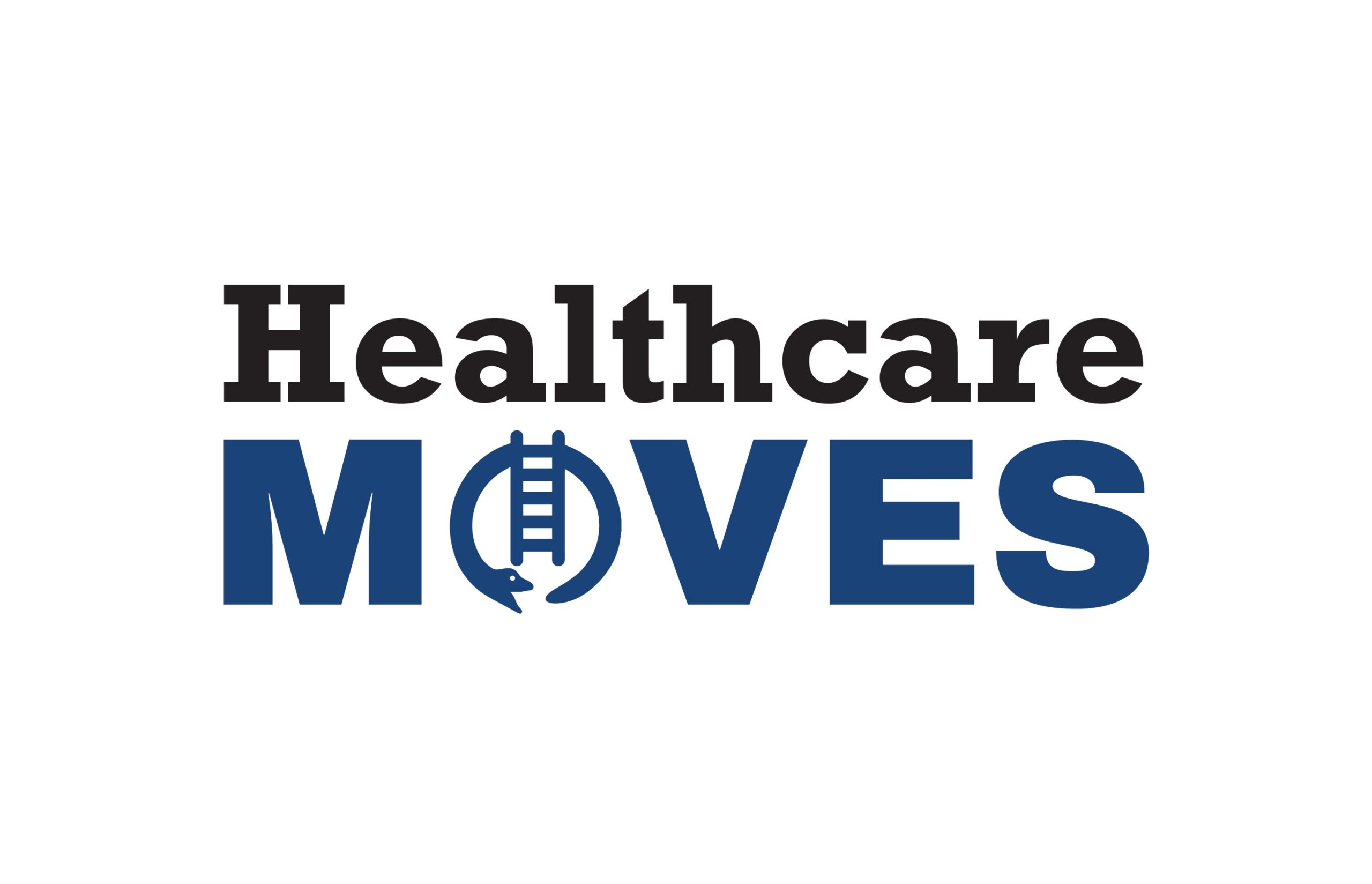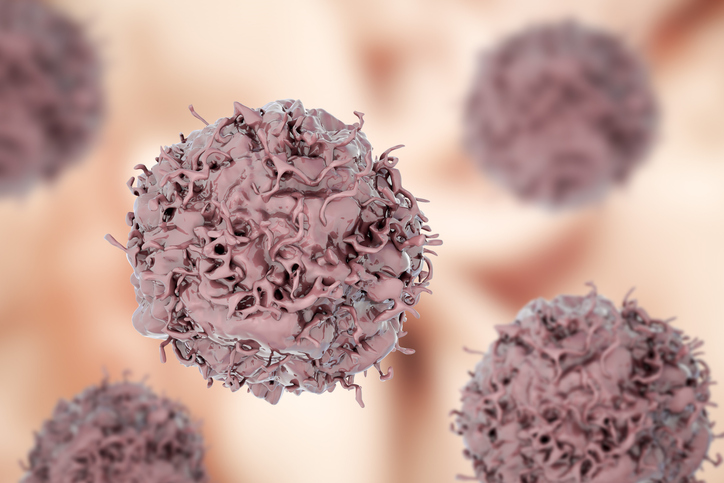CLEVELAND, Ohio — The leader of a $25 million expansion of the Cleveland Clinic’s reference lab has left and the health system has revised its plans for the project, including building a larger lab on its main campus but scaling back potential future employment by 20 percent to 30 percent.
In February, the Clinic said it would break ground this summer on a 100,000-square-foot expansion of its current lab that could employ up to 500 people within five years. The reference lab does tests for other hospitals and medical facilities that can’t or don’t want to do the tests themselves. The Clinic’s current reference lab employs more than 800 people.
At the time, the announcement brightened Northeast Ohio’s gloomy economic picture with promises of new jobs and new lab business that would come from across the country — and around the world — to help pay for investments in better and faster tests for Clinic patients.

With the Rise of AI, What IP Disputes in Healthcare Are Likely to Emerge?
Munck Wilson Mandala Partner Greg Howison shared his perspective on some of the legal ramifications around AI, IP, connected devices and the data they generate, in response to emailed questions.
Now called Cleveland Clinic Laboratories, the project lost its chief executive, Dino Kasdagly, more than a month ago. Kasdagly last September left his job as chief operating officer of a similar project at Mayo Clinic, called Mayo Collaborative Services, to lead the lab in Cleveland.
Kasdagly did not respond to e-mail requests inquiring about his departure.
He will not be replaced, said Dr. Kandice Kottke-Marchant, chair of the Clinic’s Pathology and Laboratory Medicine Institute, to which the lab expansion project belongs.
“That was a mutual decision between he and I and the Cleveland Clinic,” Kottke-Marchant said. “He’s left to pursue other opportunities. We really appreciated the things he helped us do when he was here.
“I’m going to be chair and director of Cleveland Clinic Laboratories,” Kottke-Marchant said.
Originally planned as a one-story building away from the Clinic’s main campus, the lab now will be built on the property at Carnegie Avenue and E. 105th Street. “We have no firm groundbreaking,” Kottke-Marchant said. “The EE building is there now. We are relocating individuals in that building,” which would be razed to make way for the lab.
“We’re really excited about that site” because it would allow the new lab to be connected to the Clinic’s main campus with a skybridge, she said.
The lab has gone up in size to about 130,000 square feet, Kottke-Marchant said. The price tag for building and equipping the lab building, which would be four floors high, also has grown, but she declined to say by how much.
While the size of the lab has grown, the size of its likely employment in five years has fallen to between 350 and 400, Kottke-Marchant said. “A majority of the new positions will be technical, like medical technologists,” she said. Employment would grow as demand for tests grows.
In February, the lab expansion was part of the Clinic’s overall plan to create and increase revenue with new businesses. Since then, the Clinic’s emerging business unit has lost its leader and taken a new one — Dr. Michael Modic.
The reference lab was planned, in part, to capture a bigger part of the market for esoteric tests — tests that are too complicated or too expensive for most hospitals to do. The market for these tests is growing between 10 percent and 15 percent per year and offers higher profit margins than the market for routine tests.
The market for tests like molecular and DNA testing is growing fast because of medical discoveries and technology advances. “Esoteric testing growth hasn’t slowed down,” despite an economic recession, Kottke-Marchant said.
Her pathology institute also is near completing a Center for Test Development that would be a “new laboratory for assisting new test development,” she said. Dr. Tom Daly leads that center and already has hired two people to begin staffing it, she said.
Initially, the expanded reference lab would serve doctors who staff Cleveland Clinic-owned hospitals in Northeast Ohio, Kottke-Marchant said. “The next step would be Cleveland Clinic-affiliated physicians, and then non-Cleveland Clinic physicians,” she said.
The Clinic also is equipping its nine regional hospitals in the region with high-volume equipment to do routine testing. That could drive testing business from other hospitals and health facilities to the regional hospitals. “It’s a slight variation from the original plan” for the reference lab expansion, Kottke-Marchant said, that “we’ve discussed and developed with all the hospital presidents.”
Already, the Clinic has begun to help educate technologists who could staff its expanded laboratory. The Clinic’s medical technologist program, which started in July with three students, now has 10 students, she said. Medical laboratory technician programs at Lakeland Community College and Cuyahoga Community College are expected to begin in January. And a master’s level pathologists’ assistant program is planned for July 2010, she said.














